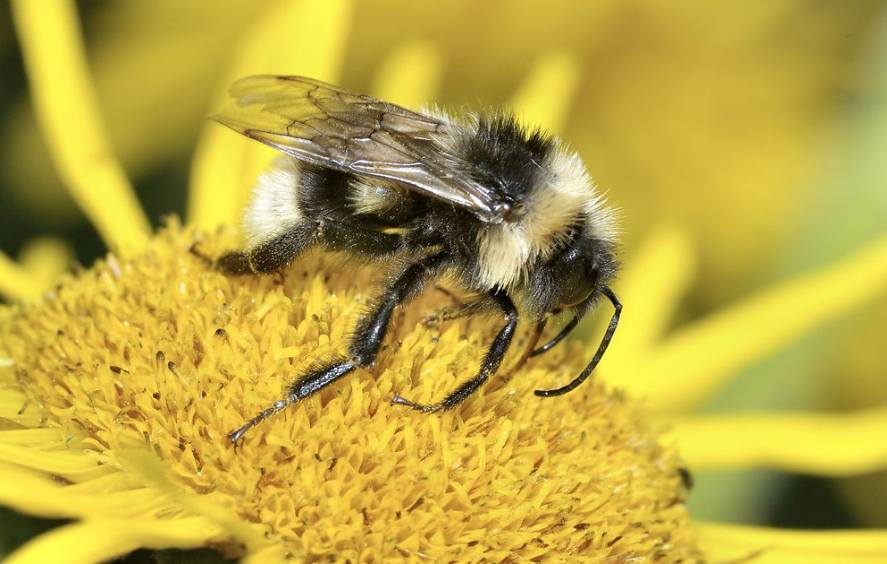
Overview of the Belted Kingfisher bird
The Belted Kingfisher is an interesting bird species that may be found all throughout North America. Because of its unique activities and eye-catching appearance, it is well-liked by nature enthusiasts and bird watchers. One of the Belted Kingfisher’s most striking features is its bright blue and white plumage. The males have a blue-grey head and back, while the females have a reddish-coloured stripe across their belly. Their colouring helps them blend in better with their surroundings, especially when they are perched on branches near the water.
Hunting behaviour of Belted kingfishers
Belted kingfishers are thought to be exceptionally proficient hunters. They have excellent diving abilities and outstanding eyesight, which allow them to catch fish accurately. When they find their prey from a perch, they plunge headfirst into the water and use their sharp beaks to grab fish below the surface. They’re capable of catching fish larger than themselves!
Communication methods of Belted Kingfishers
Another feature that makes these birds famous is their loud, rattling call, which echoes throughout their habitat. The scream is often used to indicate territory and entice partners. Belted Kingfishers notonly vocalise but also utilise a range of body language, such as bobbing their heads and flicking their tails.
Information on seasonal movements of Belted Kingfishers
Belted Kingfishers like to live near bodies of water, such as lakes, rivers, and streams. They dig tunnels in the sand or gravel on the banks to build their nests. These tunnels may be many feet long and are often located along the water’s edge. The female lays a clutch of five to eight eggs, which are then alternatively incubated by the parents.
Diet and nutrition for Belted Kingfishers
Belted Contrary to their name, kingfishers are not only fish eaters. They also consume frogs, insects, and other aquatic creatures like crayfish. Their appetite is so great that they may consume up to 20% of their body weight in a single day. To maintain their active lifestyle and their great hunting skills, they need a lot of energy.
Threats to Belted Kingfisher populations
Conservation efforts are necessary for the survival of Belted Kingfishers. Pollution, human disturbance, and habitat loss may all have a negative impact on them. By protecting their nesting sites, preserving the water’s purity, and promoting suitable recreational activities near their habitats, we can help ensure that these beautiful birds remain in healthy numbers for the benefit of future generations.
Relationship with humans of belted kingfisher
North and Central America are home to the intriguing belted kingfisher (Megaceryle alcyon). Birdwatchers and environment lovers love the belted kingfisher because of its unique look and outstanding hunting abilities. We will look at some fascinating information about this amazing bird in this post.
Description of physical characteristics of belted kingfisher
The medium-sized belted kingfisher has a big head and a stocky body. Its length is around 11–14 inches (28–36 cm), and its wingspan is roughly 19–23 inches (48–58 cm). The brilliant blue-gray plumage of the belted kingfisher, which is enhanced by a white collar around its neck and a noticeable shaggy crest on its head, is its most remarkable characteristic.
The term “belted kingfisher” refers to the characteristic of both male and female birds that has a wide blue-grey band across their breast and a white belly. But behind the blue-grey band, the female bird has another band that is rusty.
Nesting habits of belted kingfishers
Because of their remarkable adaptability, belted kingfishers may be found in both freshwater and saltwater settings. They are often seen close to lakes, ponds, rivers, streams, and coastal regions. These birds’ principal food source is fish; hence, they like locations with plenty of fish and clean water.
Description of nesting sites of belted kingfishers
The best places for belted kingfishers to nest are on earthen banks, such as cliffs or riverbanks, where they build tunnels. These burrows often feature a little inclination to assist water drainage, and they may reach several feet in length. At the end of the burrow, the female deposits her eggs and incubates them until they hatch.
Unique hunting techniques of belted kingfisher
An expert fisherman is the belted kingfisher. It plunges into the water headfirst to capture its meal after using its acute vision to identify fish swimming close to the surface. The belted kingfisher has powerful jaws and a long, pointed beak that allow it to precisely take fish out of the water.
Belted kingfishers consume a wide range of aquatic animals in addition to fish, such as crabs, amphibians, insects, and tiny reptiles. Tadpoles, tiny snakes, and dragonflies have all been seen to be consumed by them.
Types of calls and sounds made by Belted Kingfishers
The characteristic vocalisations of Belted Kingfishers are well-known and often described as a loud, rattling call. When perched close to their nesting grounds or when in flight, their sounds may be heard. Both communication and territorial defence are served by these calls.
Intriguing facts about the behaviour of Belted Kingfishers
These birds are lone individuals who are often seen sitting on tree branches or power lines next to bodies of water. They hunt in a distinctive way, floating above the water and then plunging in to get their meal. They catch a fish and then go back to their perch to eat it.
Migration patterns of belted kingfishers
Some belted kingfishers migrate seasonally, while others are permanent birds that spend the whole year on their nesting grounds. In order to locate locations with open water and enough food, belted kingfishers in North America that nest in the northern regions often move south during the winter.
Belted kingfishers have been known to migrate across great distances, sometimes even over vast bodies of water. They can fly up to 40 miles per hour (64 km per hour), which is a fast pace.
Quirky behaviours or characteristics of belted kingfisher
With its eye-catching appearance, formidable hunting abilities, and distinctive vocalisations, the belted kingfisher is an incredible bird. Meeting a belted kingfisher is an unforgettable experience, regardless of whether you see it sitting along a riverbank or observe its amazing diving skills. These birds serve as a reminder of both the amazing variety of nature and the marvels right in our own backyards.


